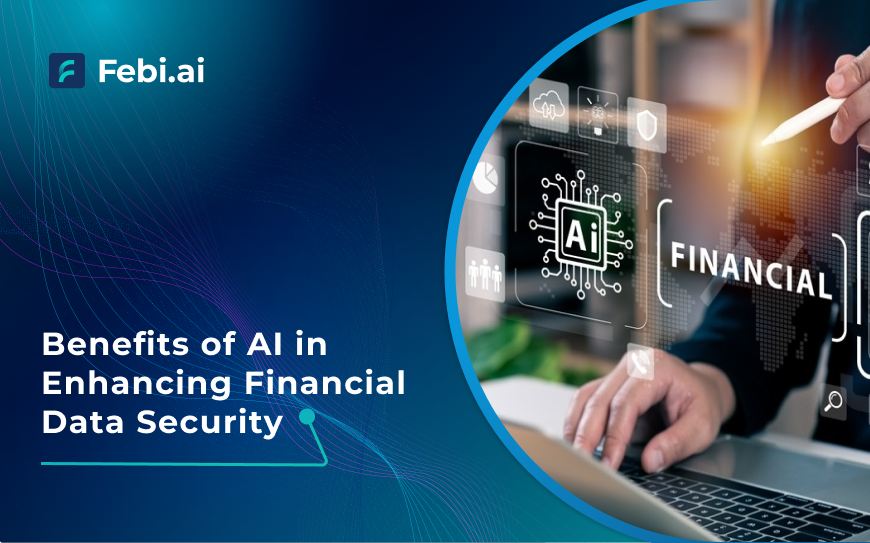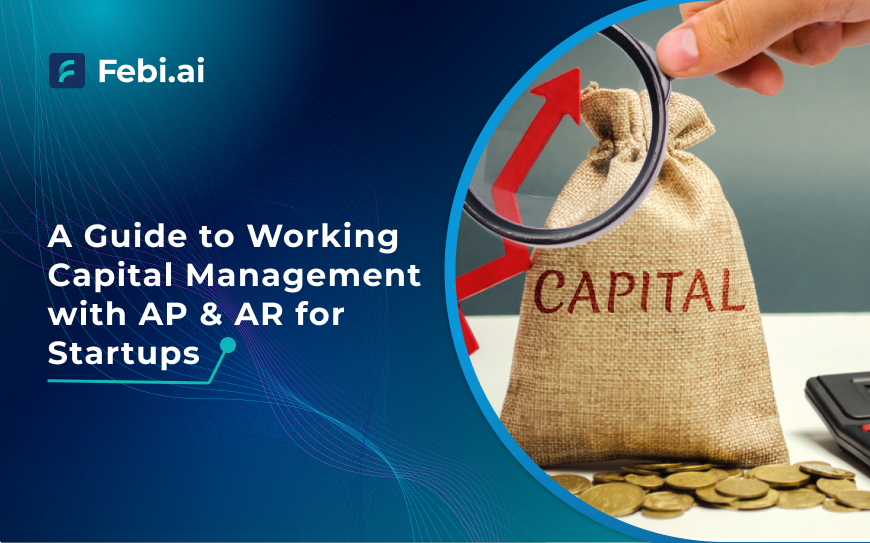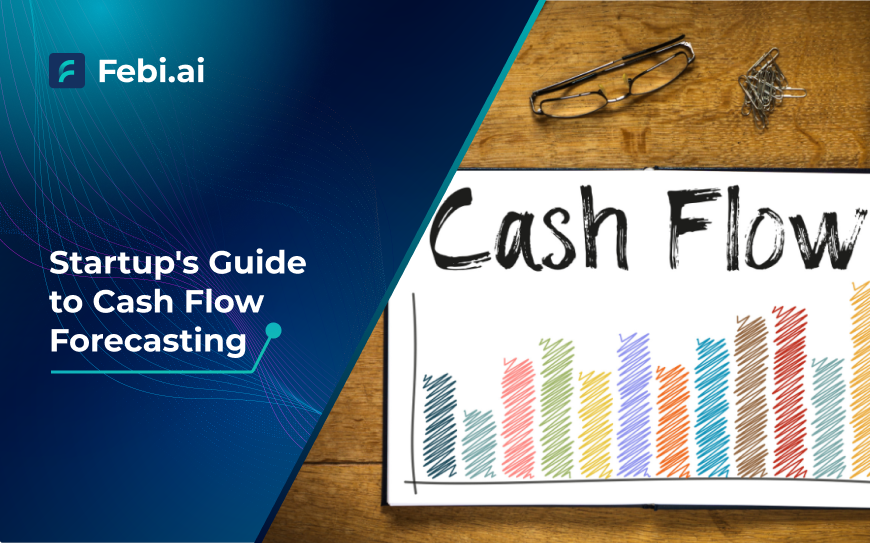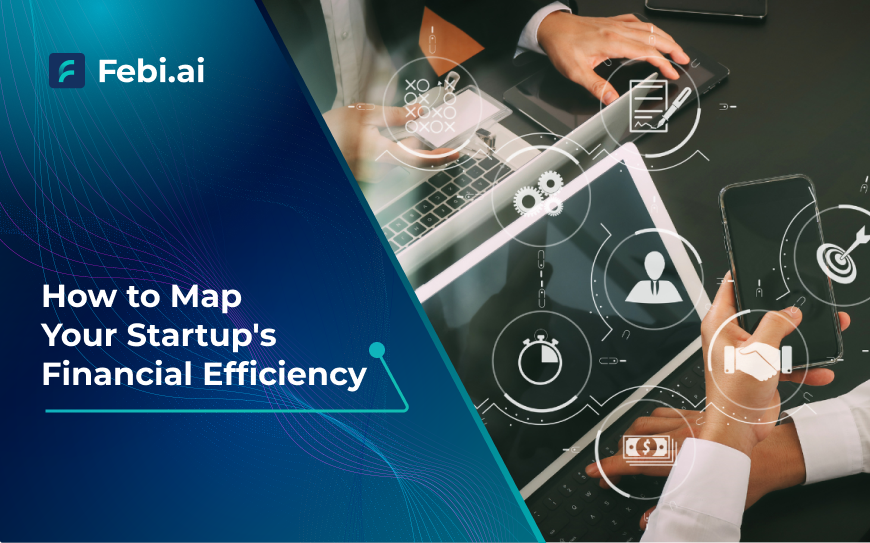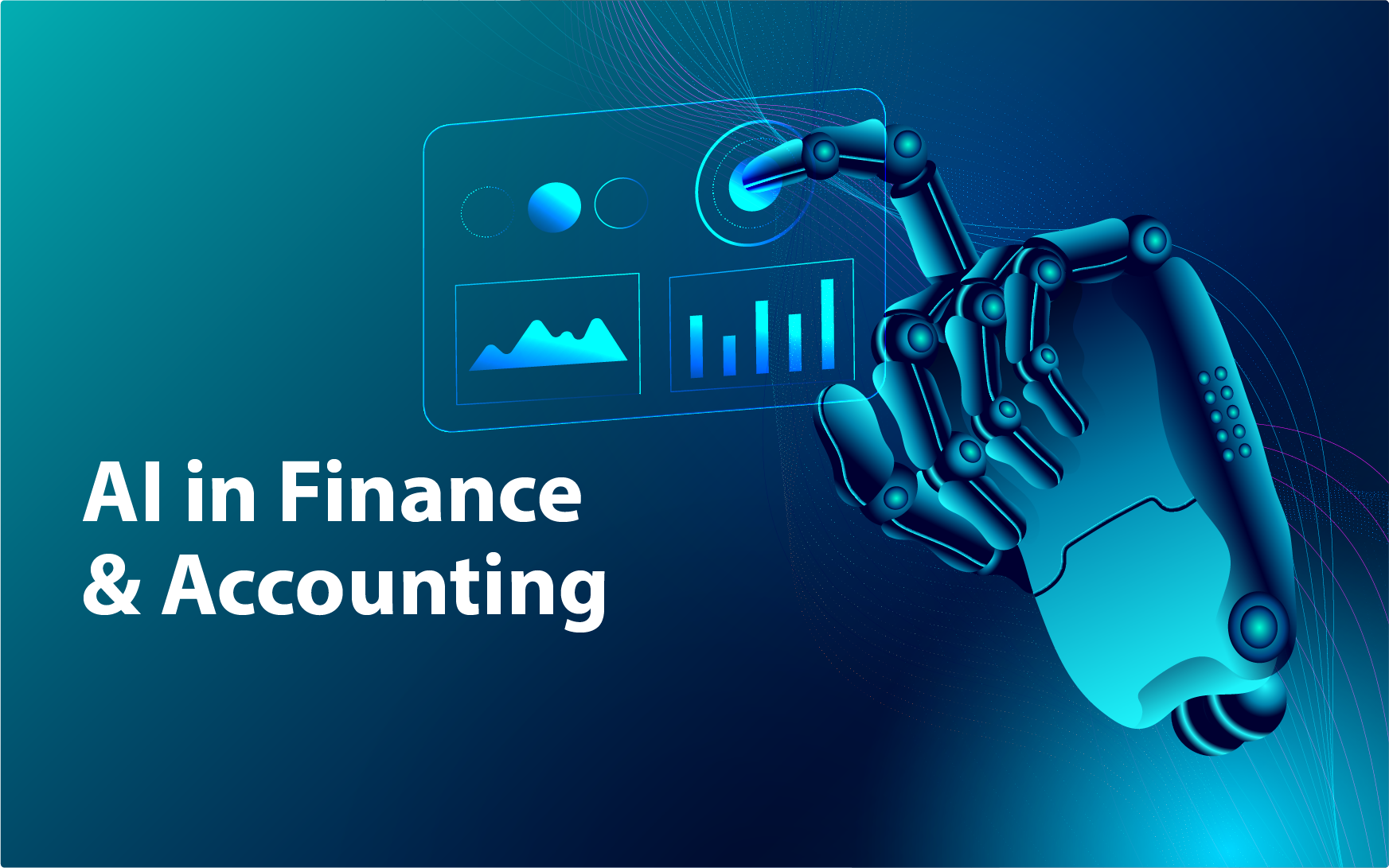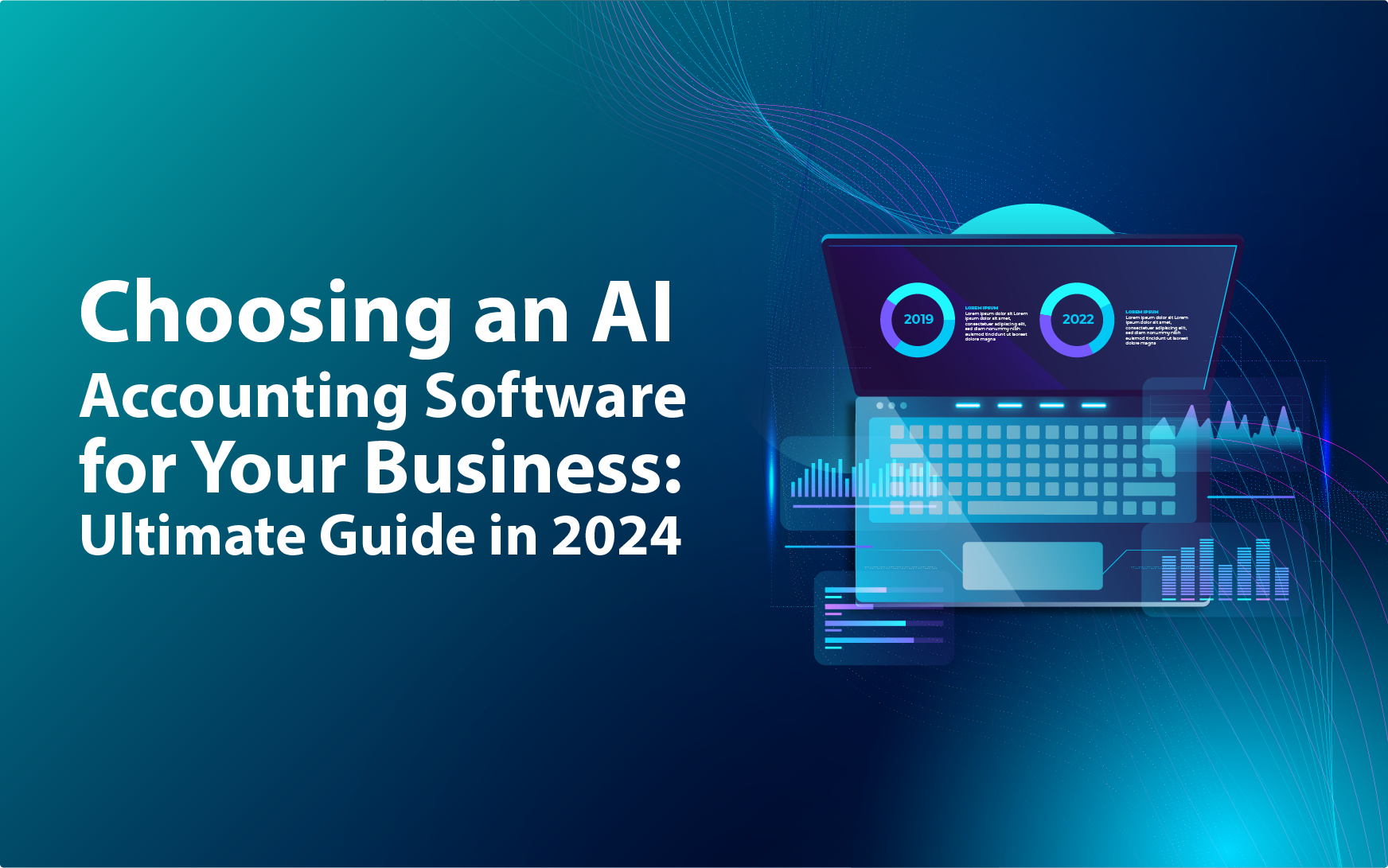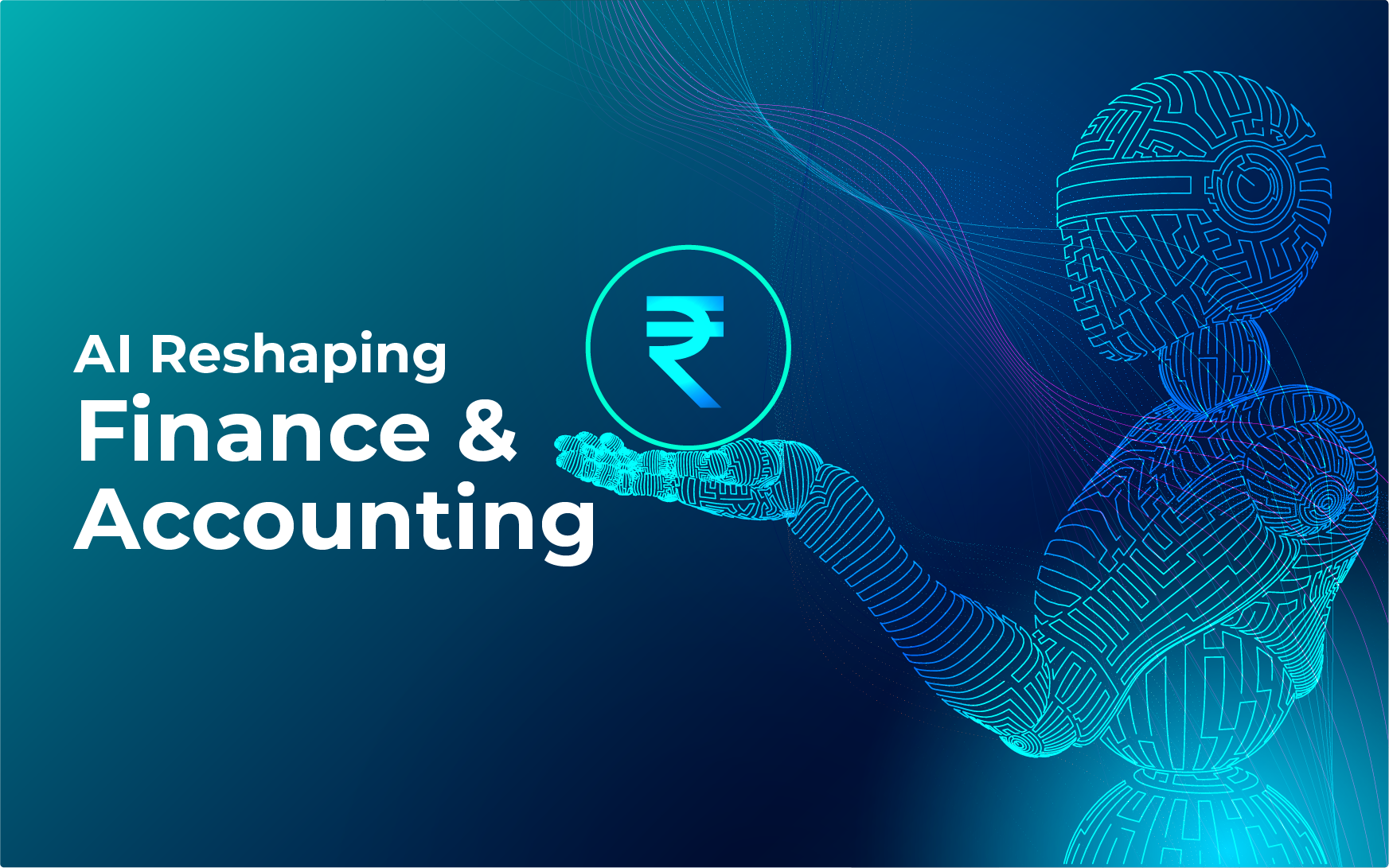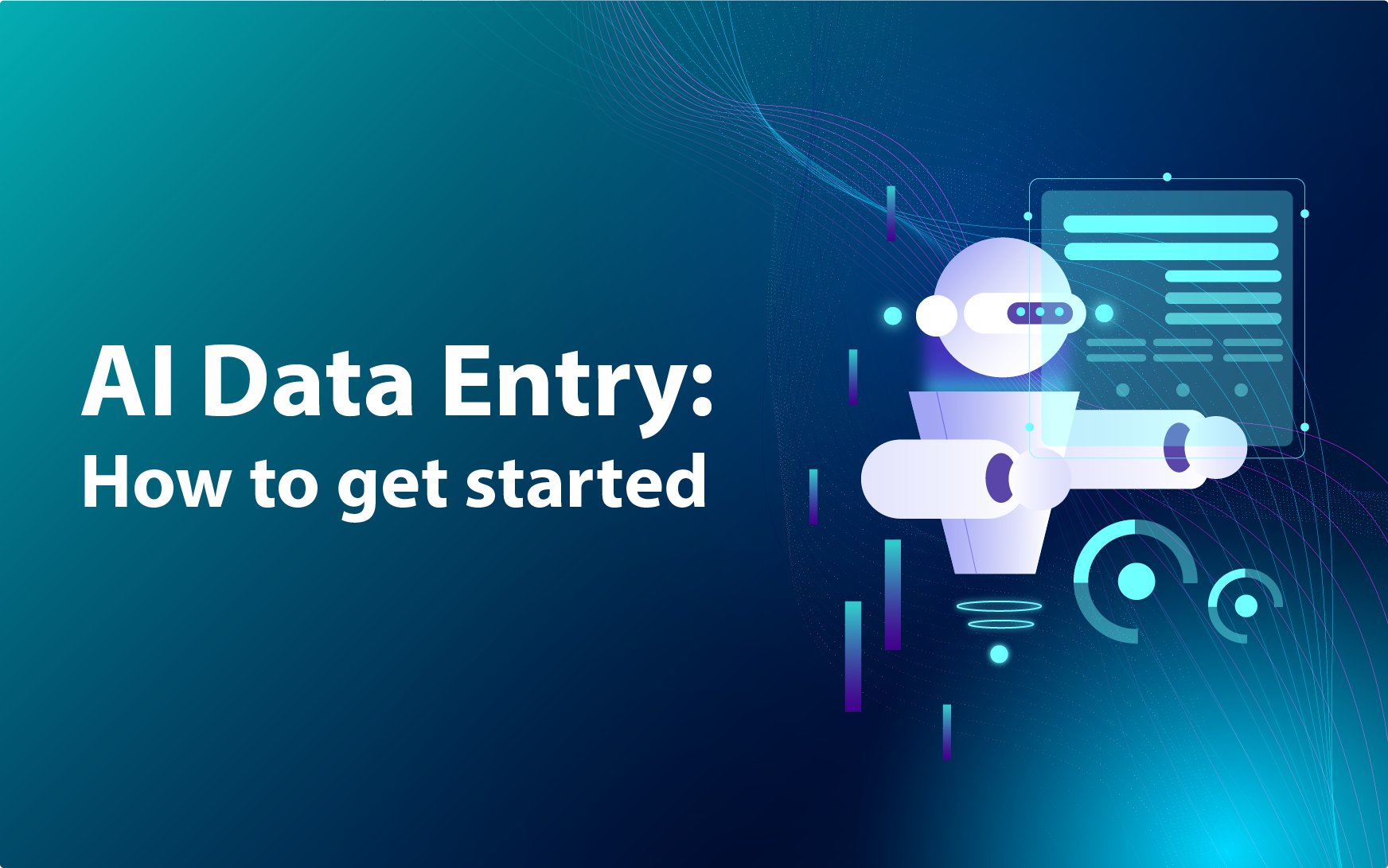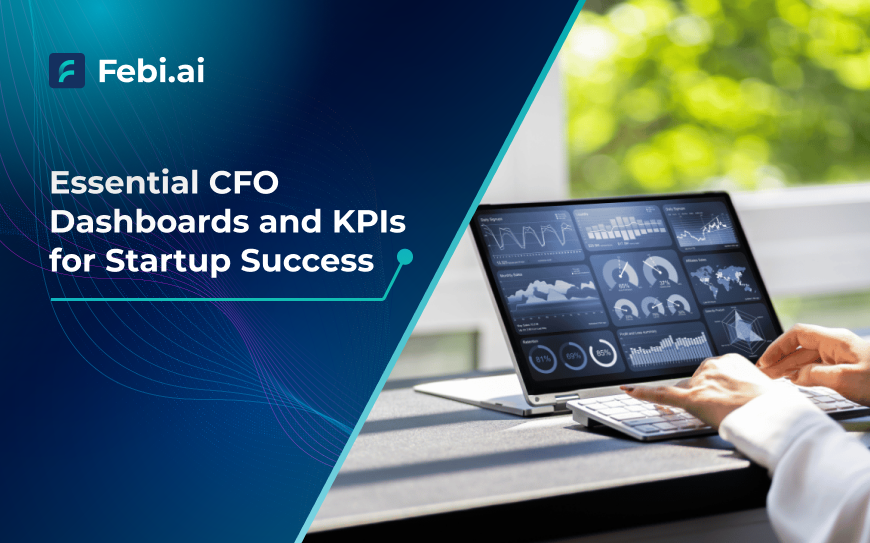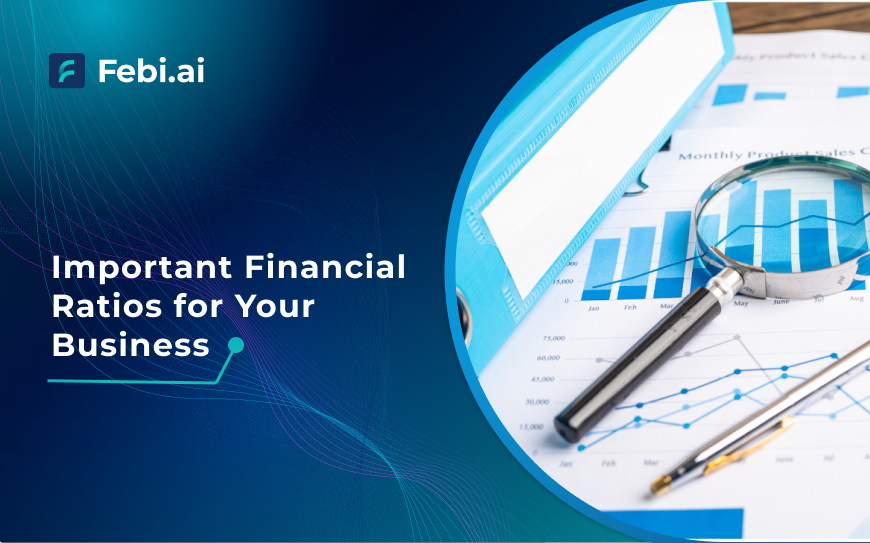Table of Contents
In today’s world, where data breaches and cyberattacks feel almost like a daily headline, the need to protect your sensitive financial information has never been more critical. For those working in the financial industry, securing data isn’t just about preventing fraud—it’s about protecting the trust and safety of clients and customers. Let’s break it down and see how AI is making a real impact on securing financial data and reducing the risks that come with it.
According to Cybercrime Magazine, cybercrime is expected to cost the world a staggering $10.5 trillion annually by 2025. That’s a huge amount of money—and the financial sector is always at risk. In fact, a Deloitte survey from 2022 showed that nearly half (45%) of financial institutions are already using AI to detect fraud and improve security. This tells us that financial organizations are not just thinking about it—they’re acting on it.
Clearly, AI is no longer a “nice-to-have” but a must-have in modern financial security.
8 Key Benefits of AI in Enhancing Financial Data Security
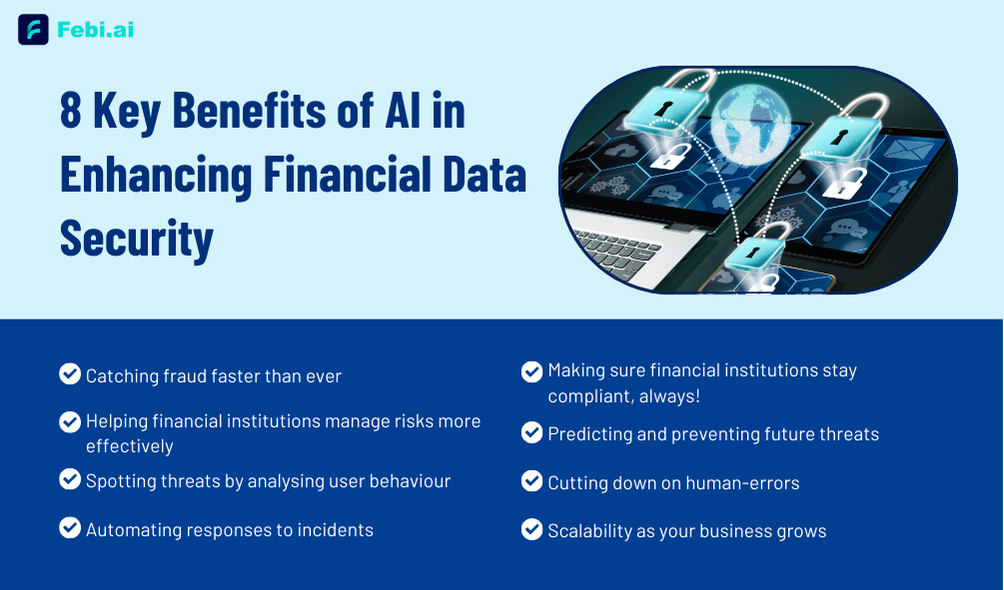
1. Catching fraud faster than ever
Fraud detection used to rely on human review, which could be slow and error prone. But AI has completely changed the game. AI fraud detection in finance uses algorithms to sift through thousands, even millions, of transactions in real-time. If something feels off—say, an unusually large transaction or someone trying to access an account from a location they’ve never logged in from before—the system can flag it instantly.
The best part? AI is always learning. As it sees more transactions, it gets better at predicting what “normal” looks like. Basically, the longer it runs, the smarter it gets, and the better it is at catching potential fraud before it even happens.
2. Helping financial institutions manage risks more effectively
AI in financial risk management is a big deal for any financial organization. Whether it’s the risk of someone defaulting on a loan or the potential of a market shift causing problems, AI has a way of helping companies see trouble before it hits. AI in financial risk management is all about using data to predict what might go wrong, based on past behaviours and patterns.
Think of it like having a weather app for your business—Artificial Intelligence can predict “financial storms” and help financial institutions plan accordingly. This way, they get to make informed decisions, mitigate risks, and avoid big surprises in your financial journey.
3. Spotting threats by analysing user behaviour
AI’s ability to understand behavioural analytics is one of its strongest features. Essentially, it watches how users interact with systems and builds a profile of what’s “normal” for them. If someone suddenly starts doing something out of character—like accessing data at odd hours or from an unfamiliar device—AI can flag it as suspicious right away.

This level of monitoring is fantastic for AI for data breach prevention, as it catches things that would likely fly under the radar of a human eye. With this kind of protection, financial institutions can respond before a potential breach spirals out of control.
4. Automating responses to incidents
We all know that when something goes wrong in the world of cybersecurity, the faster you act, the less damage you’ll see. AI steps in here, too, by automating a lot of the response process. If a breach happens, AI can immediately take action—whether that’s locking accounts, isolating systems, or blocking a transaction.
By automating this response, AI cuts down on the time it takes to stop a problem. And since AI can work 24/7, there’s no downtime, meaning protection is always there.
5. Making sure financial institutions stay compliant, always!
AI is here to help by constantly monitoring how data is being accessed and shared. If a financial institution’s practices don’t line up with regulations, AI can raise a red flag, ensuring that everything stays in check.
This helps businesses avoid the headache of regulatory fines and penalties—and it also gives them the peace of mind knowing they’re doing things the right way. AI’s constant vigilance makes sure the institution stays compliant, even as rules evolve.
6. Predicting and preventing future threats
AI is fantastic at predictive analytics—the ability to look at past data and use that information to predict what might happen next. For example, AI can analyse historical breaches and emerging trends to forecast the next cyberattack or identify new vulnerabilities in the system. This ability to “predict” future threats allows organizations to be proactive, rather than reactive. With AI on the lookout for emerging threats, financial institutions can adjust before issues happen.
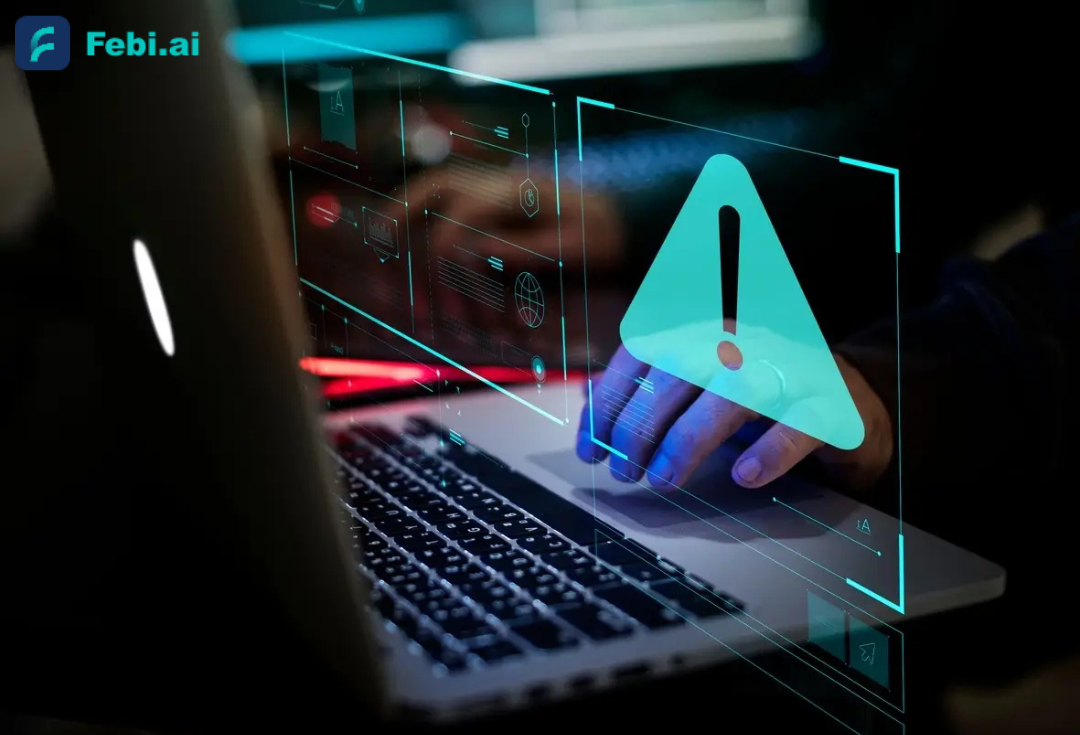
7. Cutting down on human-errors
Let’s face it—humans make mistakes, especially when juggling multiple tasks at once. In the world of financial security, those mistakes can be costly. Whether it’s an employee accidentally sharing sensitive information or failing to update software, human error is often a weak link in the security chain.
AI helps to fill in these gaps by automating tasks like monitoring networks or ensuring that software is up to date. By removing the chance for human error, AI ensures that security protocols are always followed, and sensitive data remains protected.
8. Scalability as your business grows
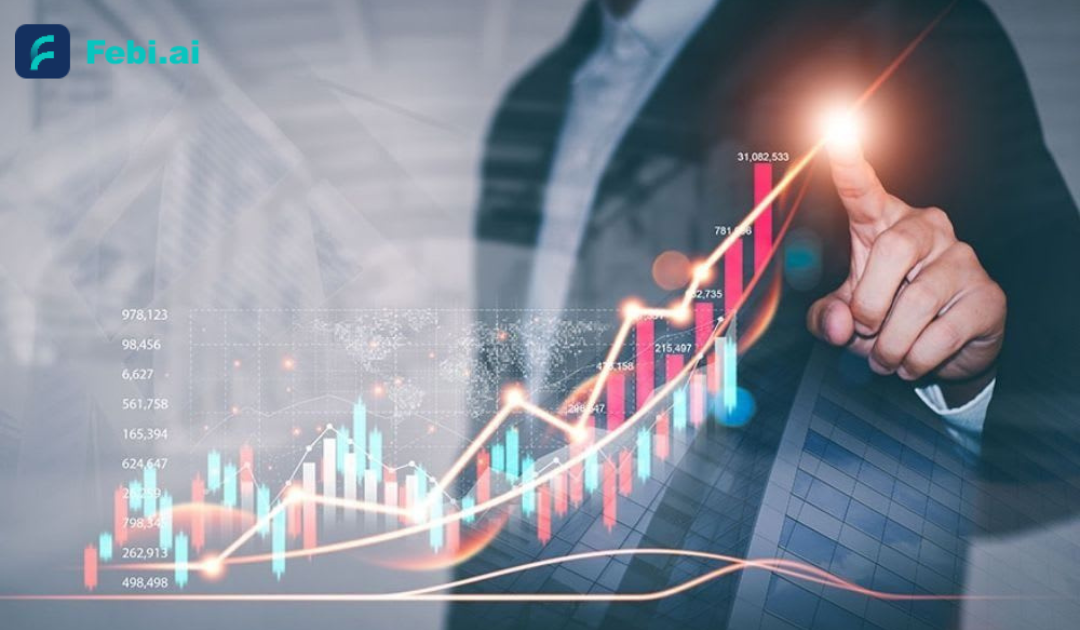
As a financial institution expands, the amount of data it needs to protect grows exponentially. Traditional security measures can become strained as the volume of data increases. AI, however, is built to scale. It can handle large volumes of data, monitor thousands of transactions, and analyse information quickly—without skipping a beat.
Whether a company is processing a few transactions a day or millions, AI can adjust to the size of the business, making it a long-term solution for data protection.
Conclusion
At the end of the day, AI is revolutionizing the way financial institutions approach financial data security. From AI fraud detection in finance to predictive analytics and automated responses, AI is providing solutions that help organizations stay ahead of potential threats. It’s more than just a tool—it’s a partner in the ongoing fight to protect sensitive information.
As tech and tools continue to advance and evolve, the role of AI in financial security will only grow. Institutions that embrace these tools will be better equipped to handle the ever-evolving financial landscape of cyber threats. With AI, financial data security isn’t just stronger; it’s smarter, faster, and more reliable than ever before.
